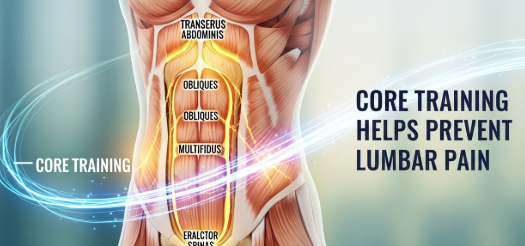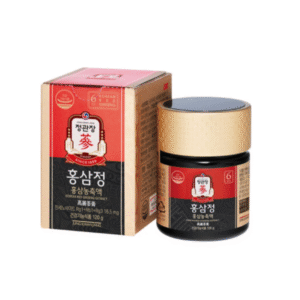Introduction
Back pain, neck strain, and joint stiffness have become some of the most common health complaints among adults aged 25–45. Whether you work at a computer, sit for long hours, commute daily, or frequently use mobile devices, the modern lifestyle puts your spine and joints under more pressure than ever before.
Fortunately, most of these problems can be prevented with proper posture, strengthening exercises, smart ergonomics, and healthy daily habits. This comprehensive guide will help you understand why pain develops, how to prevent it, and what practical steps you can apply starting today.
1. Why Joint & Back Pain Is More Common Today
1. Prolonged Sitting
Sitting for more than 6–8 hours a day increases pressure on the lower back, tightens hip flexors, and weakens core muscles. This combination is a major contributor to chronic back pain.
2. Poor Posture
Slouching, forward-head posture, rounded shoulders, and leaning toward screens strain the neck, shoulders, and spine.
3. Lack of Movement
Adults aged 25–45 often have busy schedules. Limited physical activity leads to muscle stiffness, decreased flexibility, and reduced joint lubrication.
4. Workload Stress
Stress increases muscle tension, especially in the shoulders and upper back.
2. Most Common Problems Caused by Sitting Too Long
• Lower Back Pain (Lumbar Pain)
Due to excessive pressure on discs and weak core muscles.
• Neck & Shoulder Pain
Often caused by forward-head posture while using laptops and phones.
• Hip Tightness & Reduced Mobility
Sitting shortens hip flexor muscles, limiting mobility and affecting posture.
• Upper Back Stiffness
Caused by rounding the shoulders and lack of thoracic mobility.
• Wrist & Elbow Pain
Common for office workers using keyboards or mouse daily.
3. Daily Habits to Prevent Joint & Back Pain
1. Follow the 30–30 Rule
Every 30 minutes, stand or move for 30 seconds.
This keeps joints lubricated and prevents stiffness.
2. Keep Feet Flat & Spine Neutral
Your knees should be at 90 degrees, feet on the floor, hips slightly above your knees.
3. Adjust Your Screen at Eye Level
Avoid tilting your head downward for long periods.
4. Strengthen Your Core
A strong core stabilizes your spine and prevents lower back pain.
5. Stay Hydrated
Water helps maintain joint lubrication and spinal disc health.
4. The Best Exercises for Joint & Back Health
A. Stretching (Daily)
1. Cat-Cow Stretch
Improves spine mobility.
2. Hip Flexor Stretch
Counteracts tightness from sitting.
3. Upper Back Thoracic Stretch
Reduces stiffness and improves posture.
4. Neck Mobility Rotations
Relieves muscle tension.
B. Strength Training (3–4 times a week)
1. Planks
Strengthens the core and stabilizes the spine.
2. Glute Bridges
Activates glutes to reduce lower back pressure.
3. Rows (Resistance Band or Machine)
Improves posture and strengthens upper back muscles.
4. Dead Bugs
Supports spinal alignment and core coordination.
5. Ergonomic Setup for Long Working Hours
Chair
- Adjustable height
- Lumbar support
- Seat depth allowing knees to be slightly forward
Desk
- Elbows at 90 degrees
- Wrists straight
- Keyboard close to the body
Monitor
- Top of screen at eye level
- About an arm’s length away
Lighting
- Avoid glare
- Place screen perpendicular to light sources
6. Lifestyle Habits That Improve Joint & Back Health
1. Maintain a Healthy Weight
Extra weight increases pressure on joints and spine.
2. Improve Sleep Quality
Poor sleep weakens pain tolerance and muscle recovery.
3. Use Anti-Inflammatory Foods
Such as:
- leafy greens
- salmon
- nuts
- olive oil
- ginger
- turmeric
- Korean ginseng (supports energy & overall vitality)
4. Manage Stress
Meditation, breathing exercises, and yoga help reduce tension.
7. When to See a Doctor
Seek medical evaluation if you experience:
- persistent pain lasting more than 4 weeks
- pain radiating to your legs or arms
- numbness or tingling
- muscle weakness
- difficulty walking or standing
Early intervention prevents long-term complications.
Premium Product Section
🇰🇷 Premium Korean Ginseng Online Shop







